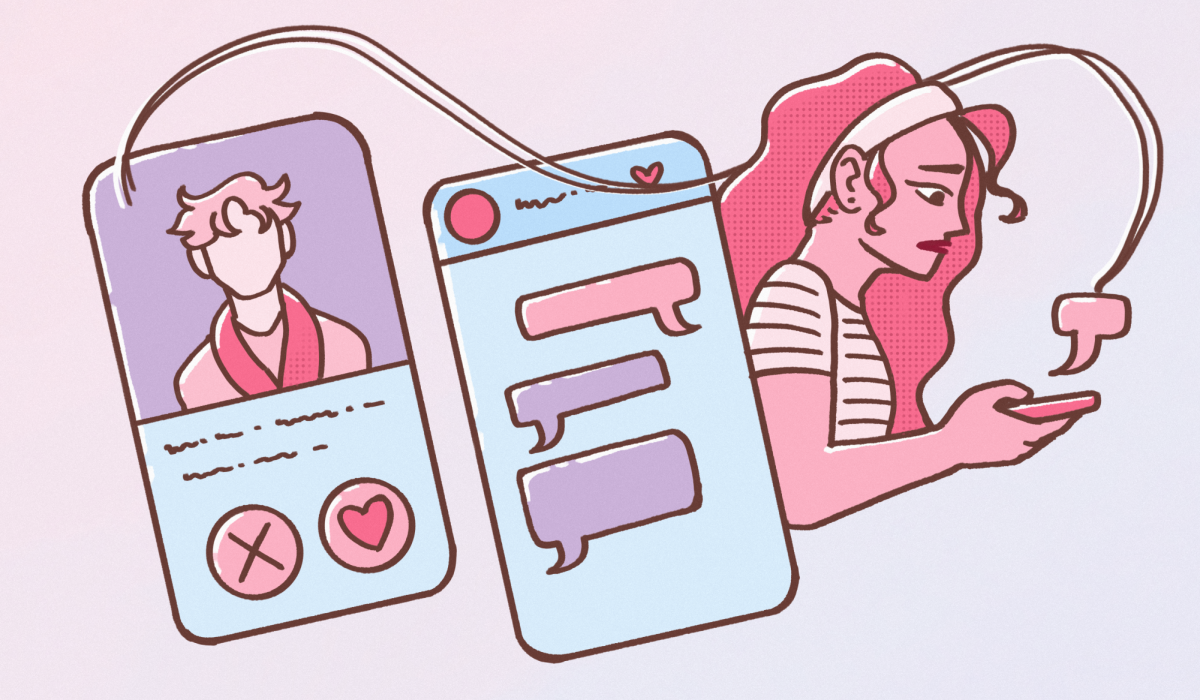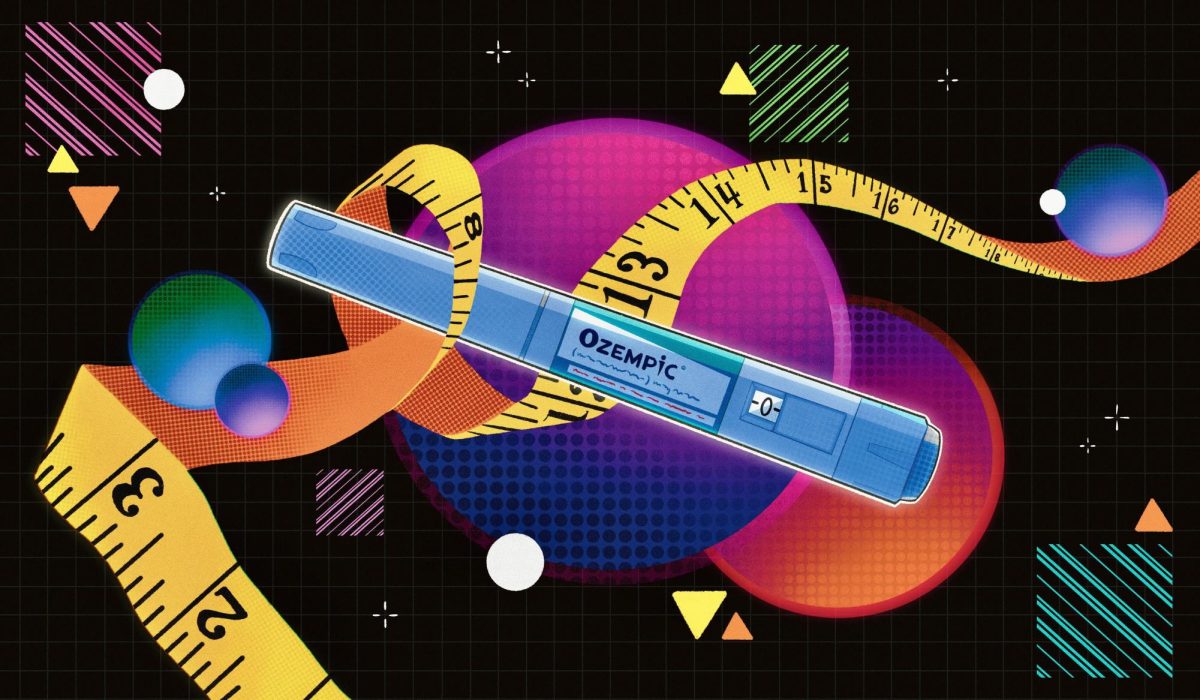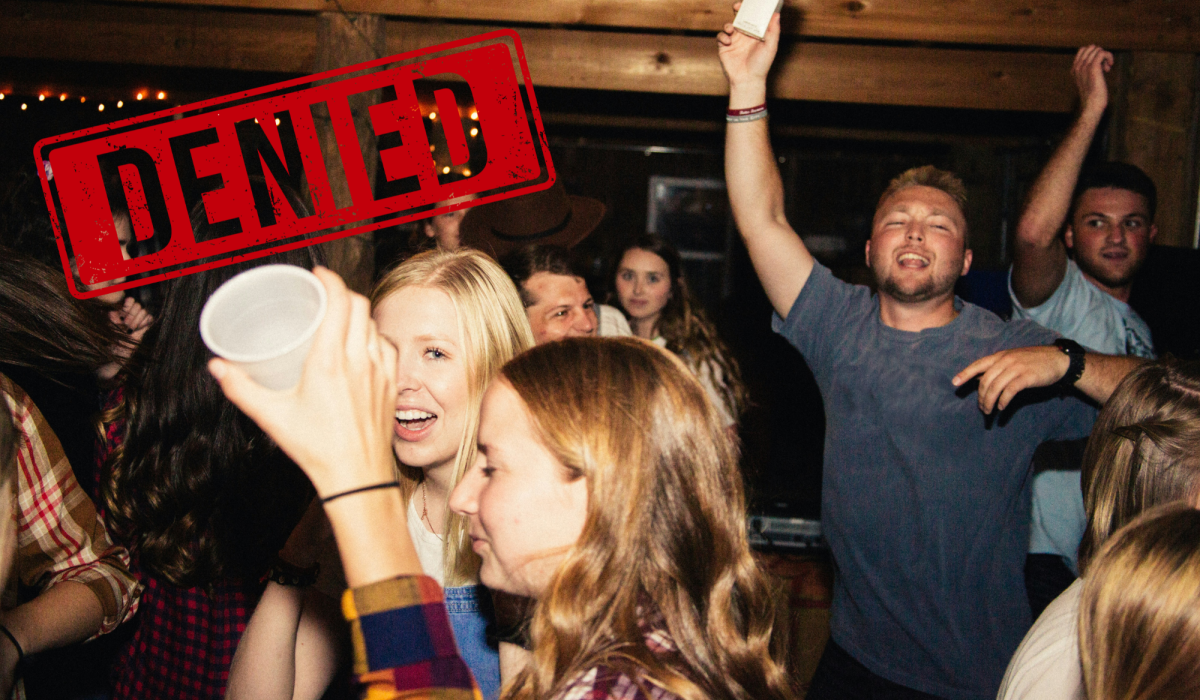At the end of a long quarter of homework, studying, and sleepless nights, students want to forget the horror of being three Yerba Mate shots deep into their POLI 102D homework by getting rid of their textbooks. Luckily for them, the bookstore offers a Textbook Buy-Back program where, as advertised on its website, students can sell back their books and “be offered up to 50 percent of the new book price.”
However, the allure of receiving a sweet $64.99 for the “The Voting Rights Act – Securing the Ballot” is more often than not squashed when students head over to the Buy-Back tent just to find out that the program will not buy back their book, leaving these students both disheartened and broke.
Despite the appealing idea of a Textbook Buy-Back program, the UC San Diego Bookstore needs to change the way that this program is advertised and run in order to ensure students are given a fair chance to receive the highest possible financial return on their investment in higher education.
This issue is more complex than just saying that the program randomly chooses which books to buy back and at what rate; the cost of college textbooks is something that, while at this point a culturally shared meme, remains an impediment to higher education for many prospective and current students.
A 2005 study by the U.S. Government Accountability Office found that, between 1986 and 2004, the cost of textbooks had inflated by 186 percent. While the study is over a decade old, considering that the inflation of the U.S. dollar has persisted, the cost of textbooks, more likely than not, has continued to rise as well.
This high cost makes textbook buy-back programs like the one offered through the UCSD bookstore a good idea in theory. However, the logistics of the UCSD program reveal their flaws through the lack of student utilization of the program. In a straw poll of Guardian readers, of the 87.1 percent that had heard of the program, 55.6 percent said they had never even used it.
These percentages can be seen in action in turnout of the Winter and Spring Buy-Back weeks. According to Leslie Verfaillie, a Course Materials Buyer for the Bookstore, during this buy-back session, only 1,771 units were bought back at a total price of $19,331.50, leading to an average buy-back price of $10 per book. On a campus that had 38,798 students enrolled at the beginning of Fall 2018, 1,771 textbooks is a very small number.
Verfaille says that the Buy-Back program is not entirely a black and white process. In an email to the Guardian, she explained how the program is run by an outside organization representing a handful of nationwide textbook resellers, an important point not directly advertised to students. She said that only a fraction of the books bought go directly to the UCSD Bookstore.
“We upload a list of books that we are buying for the UCSD Bookstore, and [the buy-back organization] will purchase those books on our behalf,” Verfaille said. “The other books that are purchased are for their company and will be sold to other stores across the nation. … The used book companies often pay way less, but again they have their own pricing algorithms. For us, the pricing is set based upon marketplace pricing. If they are selling on Amazon (or wherever) for $10, we’re not going to pay $100. We do try to pay as close to 50 percent of new as reasonable.”
While no one is required to utilize this service, the fact that the program has the backing of the UCSD Bookstore gives this resale platform better credibility than other online avenues even if the resulting buy-back price is less. Students have busy lives and limited budgets, so selling books online is not always as readily available an option as is going to the buy-back tent at the beginning or end of the quarter. This does not inherently mean the bookstore has any obligation to students to provide a better program. However, considering the store has support from a public university that has the explicit goal to serve its students, there is a certain level of responsibility in making the buy-back program more in favor of the students than for corporate profit.
If the bookstore truly wants to “buy back as many books as possible,” then it must create a greater level of transparency for the offer-making process through their advertising and buy-back procedures. The program could be advertised as being mostly composed of national booksellers rather than the UCSD Bookstore itself. By offering more readily available information on who actually is determining the buy-back price, students would be better able to make the choice of where to sell their books for the best price.
On the same note, the bookstore could also create an online platform for students to look up textbooks and see what type of offer they could get through the program before turning over their textbooks. Verfaille said that an online buy-back search tool was attempted ten years ago, but there were problems with it due to the inability to post information on books other than those being bought back specifically by the UCSD Bookstore.
“We found that our buybacks actually dropped because the students didn’t realize that 1000s of other titles were also being bought [buy the nationwide resellers],” Verfaille said. “We are thinking about trying to do this again and better. … But right now money and resources are going in different directions since we have to move the whole store twice this summer to make room for Target.”
While these sorts of changes in advertisement and the purchasing process will take time and willingness on the part of the bookstore to be implemented, for now, students must take it upon themselves to utilize other avenues of resale, such as UCSD Textbook Exchange and UCSD Free and For Sale 2.0. But until POLI 102D is offered again next quarter, I for one look forward to utilizing my voting rights textbook as a paperweight.









Alex Neal • May 9, 2019 at 5:38 pm
You can sell your books back online, sites like CampusBooks.com compare buyback prices to get you the most money for your books even if the bookstore won’t buy them back. CampusBooks.com is a San Diego based company that has served millions of students for over 20 years.